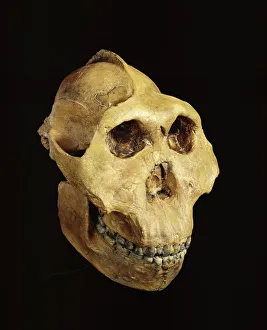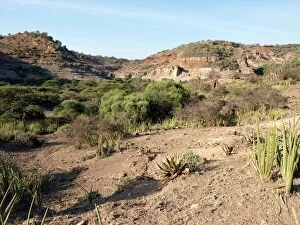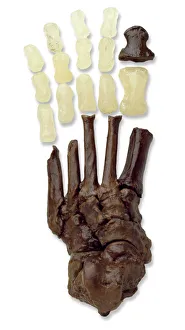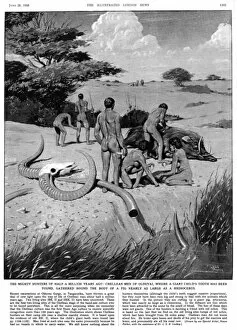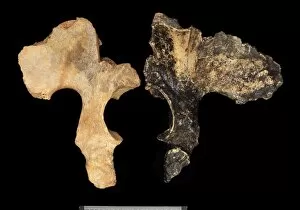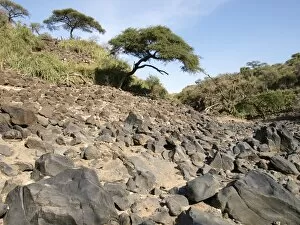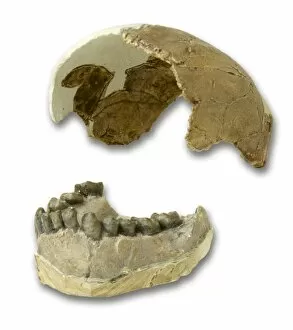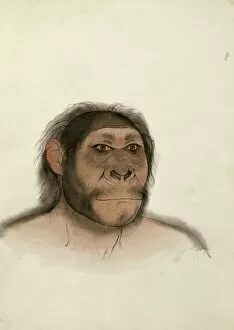Olduvai Collection
"Journey through Time: Exploring the Ancient Treasures of Olduvai" Step back in time as we delve into the fascinating world of Olduvai
All Professionally Made to Order for Quick Shipping
"Journey through Time: Exploring the Ancient Treasures of Olduvai" Step back in time as we delve into the fascinating world of Olduvai, a renowned archaeological site that has unveiled remarkable insights about our human ancestors. From the Paranthropus boisei (Zinjanthropus) cranium (OH5) to the Australopithecine or Homo habilis foot (OH8) cast, these artifacts provide glimpses into our evolutionary past. Immerse yourself in the breathtaking Olduvai Gorge landscape in Tanzania C015 / 6429, where countless discoveries have been made. Marvel at hand axes from the Acheulian Culture dating back to 1500000-200000 BC and Paleolithic Quartz Pebble Tools estimated to be 1 to 2 million years old. These tools shed light on early human ingenuity and resourcefulness. The Chellean men left their mark with their distinctive stone tools like the biface stone tools found in C015 / 6433 and C015 / 6432. These ancient implements showcase their craftsmanship and adaptability. Witness nature's trap captured forever in time - a natural trap adorned with wildebeest skulls (C015 / 6427). This haunting image serves as a reminder of how life unfolded millions of years ago. Compare Homo sp. Pelvis specimens in C016 /5935, highlighting differences between various hominin species. Such comparisons offer valuable clues about our diverse ancestral lineages. Join us on this captivating journey through time as we explore Olduvai's rich heritage and unravel humanity's origins one artifact at a time. Picture No. 10895764 encapsulates just a fraction of what awaits you – an endless tapestry woven by our ancient predecessors who shaped our existence today.

